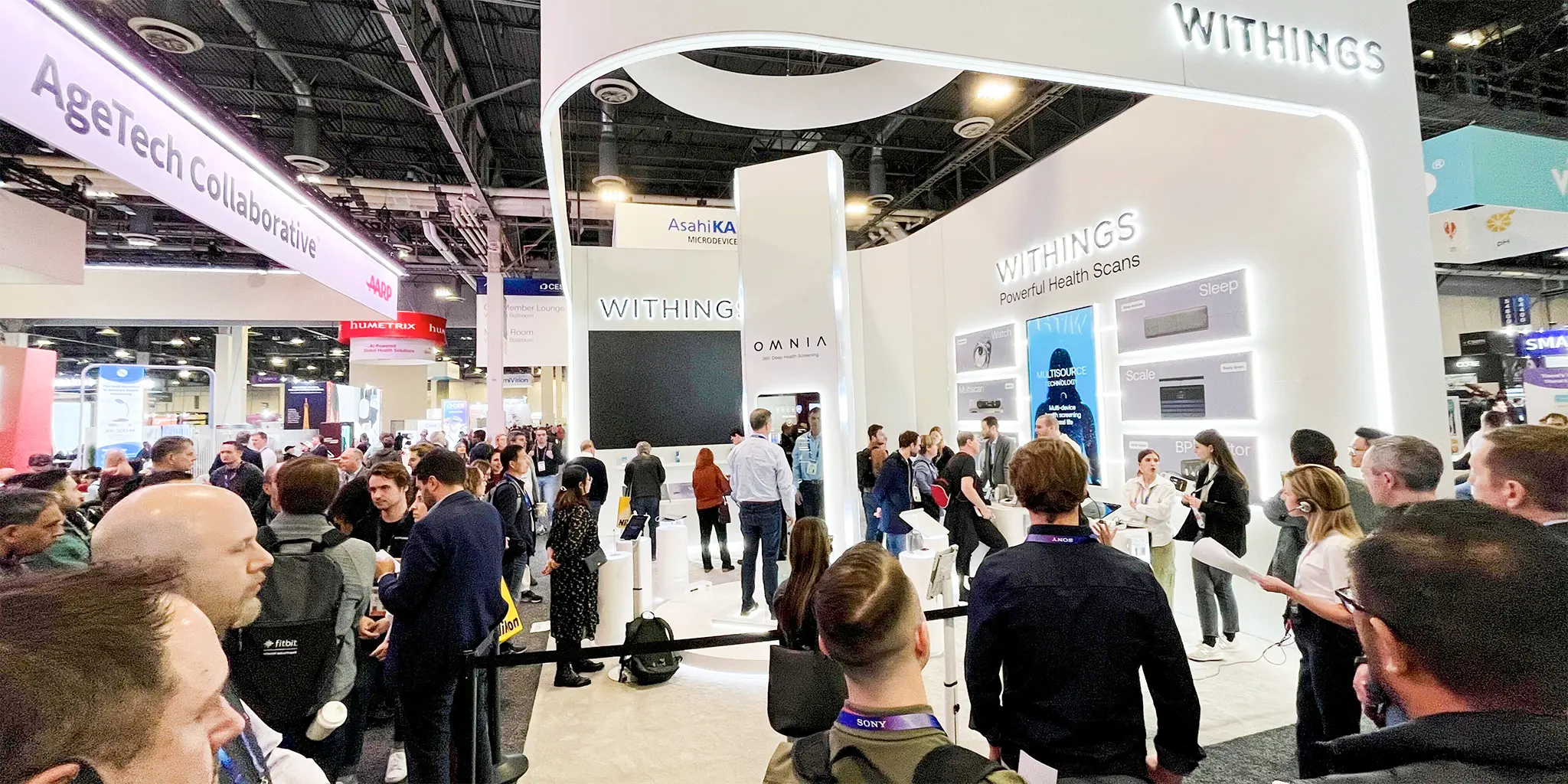Remember the trade shows of yesteryear? The ones where “innovation” was a cardboard cutout, a laminated spec sheet, and a salesman who looked as bored as you felt? Those days are dead and buried. The Consumer Electronics Show isn’t just a conference; it’s a gladiatorial arena where tech titans clash for attention, and their weapon of choice is the mother f***ing booth.
This is the evolution from yawn-inducing displays to heart-pounding, synapse-firing experiences. This is how CES got a serious upgrade.
The Stone Age: Static Displays & The Wall of Text
Let’s pour one out for the old school. The early days of CES were a monument to practicality. Booths were essentially product morgues—sterile, white-lined tables where gadgets were laid out for autopsy under harsh fluorescent lights. The design philosophy was simple: Here is thing. Thing has features. Read placard.
It was a passive, almost arrogant approach. Companies expected the majesty of their new fax machine or cordless phone to speak for itself. It was a battlefield of brochures, a symphony of beige. It sucked. It was quiet, polite, and utterly forgettable.
The Arms Race Begins: Towers, Screens, and Sensory Overload
Then, the arms race began. As tech got sexier, booths had to keep up. The first major evolution was the shift from showing to telling, and then to screaming.
Enter the Jumbotron. Walls of blinding LED screens replaced walls of text. Sound systems pumped out curated playlists that bled into each other across the show floor, creating a chaotic tech symphony. Booth structures became architectural marvels—multi-level fortresses with mezzanines, meeting rooms, and towers designed to dominate the skyline of the convention center.
This was the era of spectacle. It was no longer enough to have the product; you had to have the biggest, loudest, most eye-catching monument to your product. It was aggressive, it was loud, and it was a hell of a lot more fun. Companies weren’t just displaying; they were declaring war on the indifference of the crowd.
The Paradigm Shift: Experience is the Product
But spectacle has diminishing returns. When everyone is screaming, no one is heard. The true revolution wasn’t about getting bigger; it was about getting smarter.
The smartest players realized something crucial: You can’t just tell people about an experience. You have to make them feel it.
The booth transformed from a showroom into a theme park ride for your brand.
- Want to sell an 8K TV? Don’t just mount it on a wall. Build a dark, silent, velvet-roped sanctum where the screen is a window into another universe. Make the picture the only thing that exists.
- Selling a self-driving car? Don’t just roll it onto a turntable. Build a simulated city street and give attendees a ride. Let them feel the silence and the safety.
- Selling a gaming peripheral? Don’t have it under glass. Build a stadium. Let pro gamers battle it out on stage while the crowd roars. Let the energy sell the gear.
This is the new law of the land: Immersion or die.
The modern CES booth is a kinetic, living entity. It’s a combination of theater, art installation, and hands-on demo lab. It uses light, sound, tactile feedback, and narrative to hijack your senses and forge a core memory directly linked to a brand. It’s not about what the product does; it’s about how the product makes you feel.
The Future is Here: Total Sensory Domination
So where do we go from here? The immersive experience is just the foundation. The next frontier is hyper-personalization and seamless tech.
Think AI-powered booths that recognize you and customize the demo in real-time. Think haptic suits that let you feel the virtual world you’re being shown. Think AR overlays that turn the entire booth into an interactive game. The line between the physical booth and the digital product will evaporate completely.
The lesson is clear. The companies that win at CES aren’t the ones with the biggest budgets; they’re the ones with the biggest balls to think differently. They’re the ones who understand that in a world saturated with specs, the only thing that truly matters is the experience.
The static display is extinct. Long live the experience. Now, go build something unforgettable.





